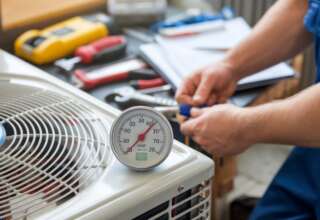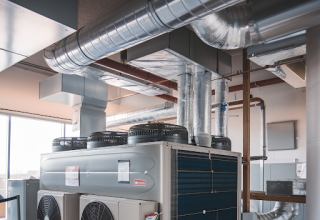If you are a state resident where the temperature level can drop below zero degrees Celsius, you need to know all about frost heaves and their damaging effects on your foundation. In cold weather, plumbing pipes freeze and burst, so they leave you in a miserable situation.
A cracked floor joist is a common issue. Many of you already experience these problems, but you don’t know that this freezing weather poses severe risks to your home foundation. Please continue reading to explore all about frost heaves and their damaging effect on your basement and foundation.
What is a Frost Heave?
It is known as the negative effect of soil moisture and cold air on your foundation. When cold air takes an entry into the ground, then its soil starts freezing. The ground begins to swell up due to excess moisture and soil lift or heave. This swelling boosts up with rainwater or melting snow, bringing more water to the soil. This trapped water and low temperature cause frost heave.
You must know that not all kinds of soil are prone to frost heave or expansion. If they are made from very fine sands, silts, and clays, then yes, your home is at high risk of soil heave effects. However, when soil is made from specific gravel and sands, it doesn’t heave
How Does the Home Foundation Get Damaged with Frost Heave?
Here are some ways frost heave can damage your foundation.
Cracked foundation walls
Your home basement is below grade, and it means the contractor built it below ground. Frost heave leaves a destructive impact on your foundation walls. Thereby, you notice cracks on them.
An uneven basement floor
Soil freezes and expands; therefore, it pushes the floor up and changes its overall shape. You need to get help from concrete lifting experts in this case.
Bowing walls
Soil expansion increases pressure on your walls and changes their shapes. Increased levels of hydrostatic pressure cause them to bow in. Foundation repair companies add support to these bowed walls with anchors and pliers.
Cracks in Floor Walls
Soil expansion causes hydrostatic pressure on the floor, so you notice cracks on the floor. Frost heaves cause significant damage to your walls, floor, and other foundation areas. If you don’t pay attention to damage signs, you need to face a major problem later.
How to Handle This Matter?
Frost heave happens when water enters the expansive soil. You can handle this water by re-grading the ground around your home foundation, installing proper water drainage, and balancing the temperature of this area. As you prevent water entry, frost-susceptible soil won’t get frozen, and thereby you can avoid the damaging effect of this soil. You need to prevent or reduce soil heat loss, so it doesn’t swell up. No matter how knowledgeable you are, you can’t handle this matter on your own. You need to get help from find foundation repair contractors in Ohio. They are highly skilled people who know how to tackle this matter with the right and practical approach.











